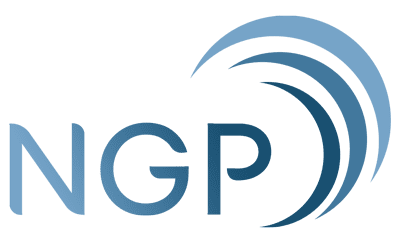By creating credibility, trust, and visibility, good media coverage and public relations may set a business apart in the extremely competitive market of today. Yes, your business needs both!
Though they have distinct objectives, strategies, and impact, media coverage and public relations are comparable. Companies have to understand these moving parts and their similarities and differences if they want to maximize reputation and reach. That is why companies and organizations need a reputable public relations agency to navigate the intricacies of media coverage and public relations.
This article discusses the complex link between media coverage and public relations, the key to success, and the operational benefits of working with a public relations agency.
Media Coverage vs. PR: Definitions
Media Coverage is the sum of all the coverage a brand gets in various forms of media whether tradition or digital. These include coverage appearing in online journals, newspapers, TV, radio, and social media. Press coverage, whether in the form of news pieces, interviews, mentions in the press, or feature articles, is often the product of public relations campaigns or a brand’s prompt reaction to news and trends in its industry.
Public relations is the strategic communication process that fosters a good image between a company and its target audience. A public relations agency uses press releases, media outreach, events, and crisis management to create a positive brand perception. PR manages the brand story to coincide with the company’s aims, values, and objectives, and relay it clearly to the public.
Media Coverage and PR: Two Sides of a Coin
Public relations and media coverage are complementary. In fact, PR frequently bolsters media coverage. By establishing a business or spokesperson as an industry leader, innovator, or expert, PR may create media coverage. Media coverage boosts PR by providing a legitimate third-party endorsement.
Journalists may pick up a well-written press release on a product launch, particularly if organized by a professional public relations agency. This coverage boosts the brand’s reputation and spreads its message. PR generates media coverage, giving businesses a demonstrable influence.
Common Ground: How Media and PR Shape Brand Perception
Despite their distinct roles, media coverage and PR share several similarities. Both aim to shape public perception positively—PR creates the story, while the media disseminates it. Their primary goal is to reach target audiences through media exposure or strategic messaging by PR experts. Credibility and trust are also key objectives since both avenues help build a brand reputation by providing relevant information and insights.
Timing plays a crucial role, too. Whether it is a well-timed press release or news coverage tied to trending topics, both can capture greater attention when strategically timed. It is also important to keep in mind that media and PR place emphasis on strong brand storytelling to communicate a company’s values, mission, and uniqueness. This kind of approach can create personal or emotional connections with the audience, which, in turn, enhances engagement.
From Control to Coverage: Key Differences Between PR and Media
Though comparable, media coverage and PR affect a brand’s image differently which is why you need both. The strategic distinction is content control: in PR, a brand or its public relations agency decides what to say and how. Control shifts when the media picks up the narrative. This shift enables journalists to manipulate the narrative, which may not match the brand’s image or purpose.
Incidentally, impact differs between the two. PR success is tougher to measure, frequently using reputation and consumer loyalty. Media coverage provides more tangible indicators like reach, engagement rates, website traffic, and sales conversions, which are easier to manage and evaluate.
Another difference is between earned and paid attention. PR generally focuses on garnering positive, organic media coverage without direct payment, while brand sponsorships and collaborations often involve paid media, resulting in sponsored publicity. Understanding these differences helps brands leverage both strategies effectively to shape their public image–and helps inform your strategy and decision-making. Think about this: should you include PR and media to achieve your goals?
Media and PR: Shared Goals for Brand Success
Media coverage reaches more people than conventional marketing, increasing brand exposure and visibility. It establishes credibility as reputable publications strengthen the power of a brand and enable even small businesses to be industry leaders. Building a strong PR presence that encourages public trust may be assisted by a competent public relations agency. This helps brands withstand even crises.
Media coverage also attracts high-value customers and supports sales initiatives by generating organic traffic. Consumers who interact with companies they find on trusted media are more likely to convert and increase the marketing potency. All things considered, good PR and media planning may greatly improve customer satisfaction and brand reputation.
If managed effectively, media coverage and public relations help businesses develop a solid public image. Brands acquire awareness, credibility, and consumer loyalty with a strong PR strategy and media engagement. By collaborating with a successful public relations agency, businesses may be able to negotiate media coverage, communicate openly with their intended audiences, and establish a solid reputation that propels growth and success.
Contact NGP IMC for synergized media and public relations that can make an impact on your business.


